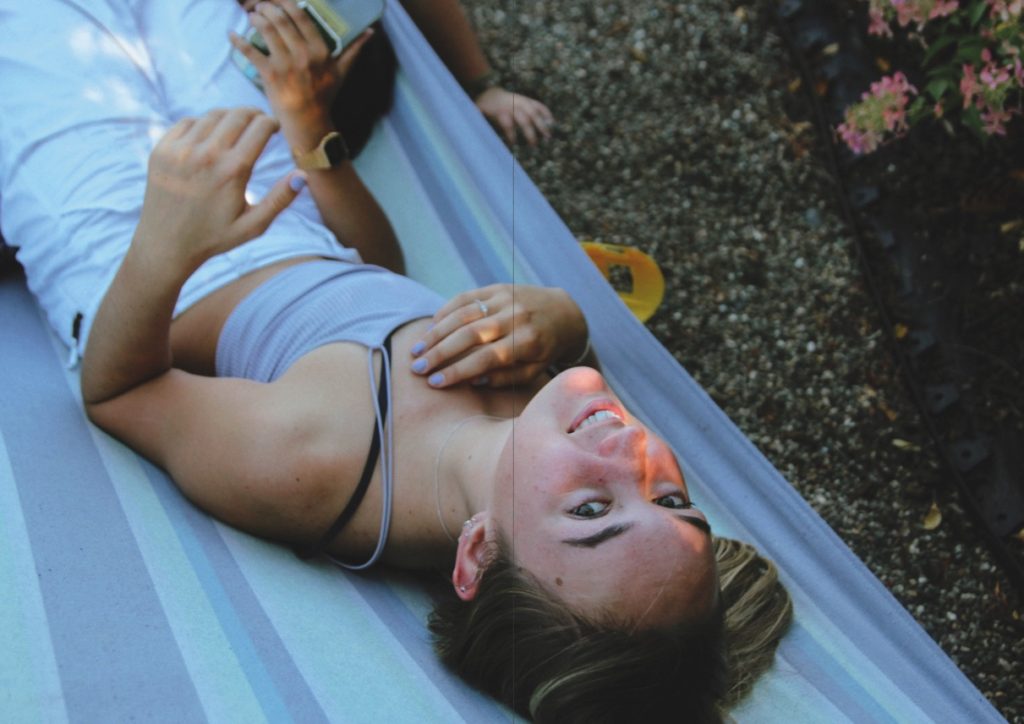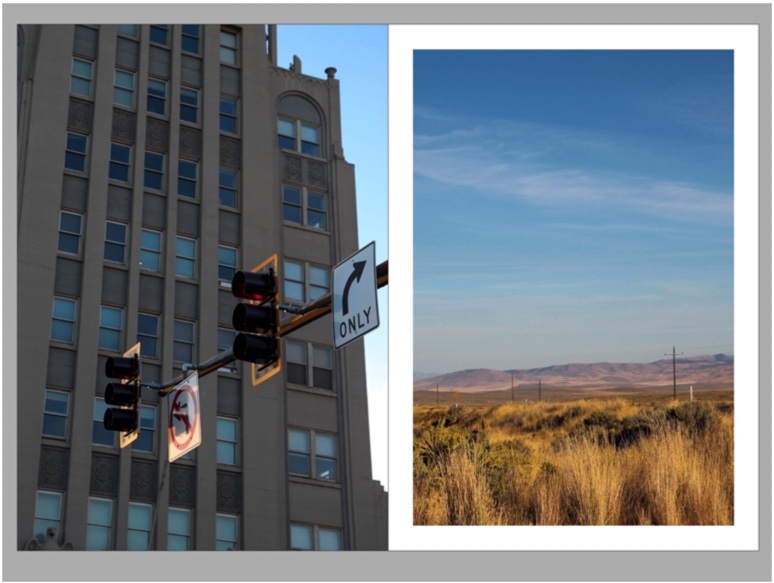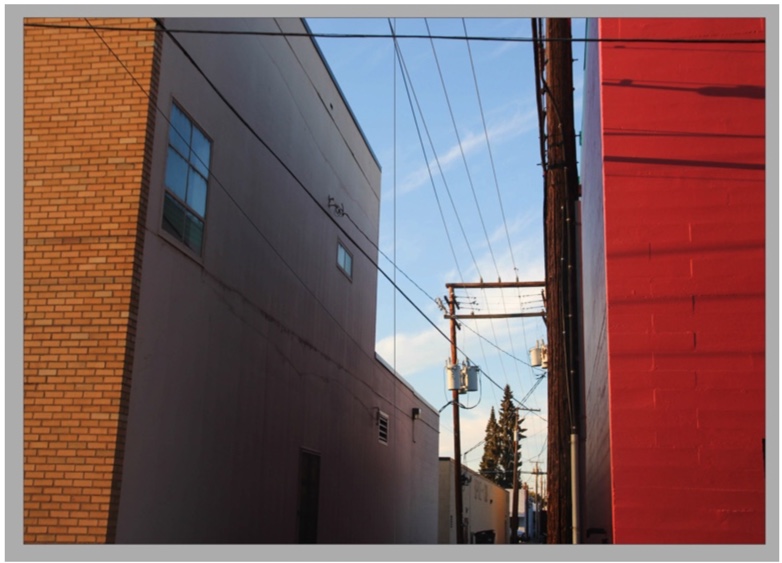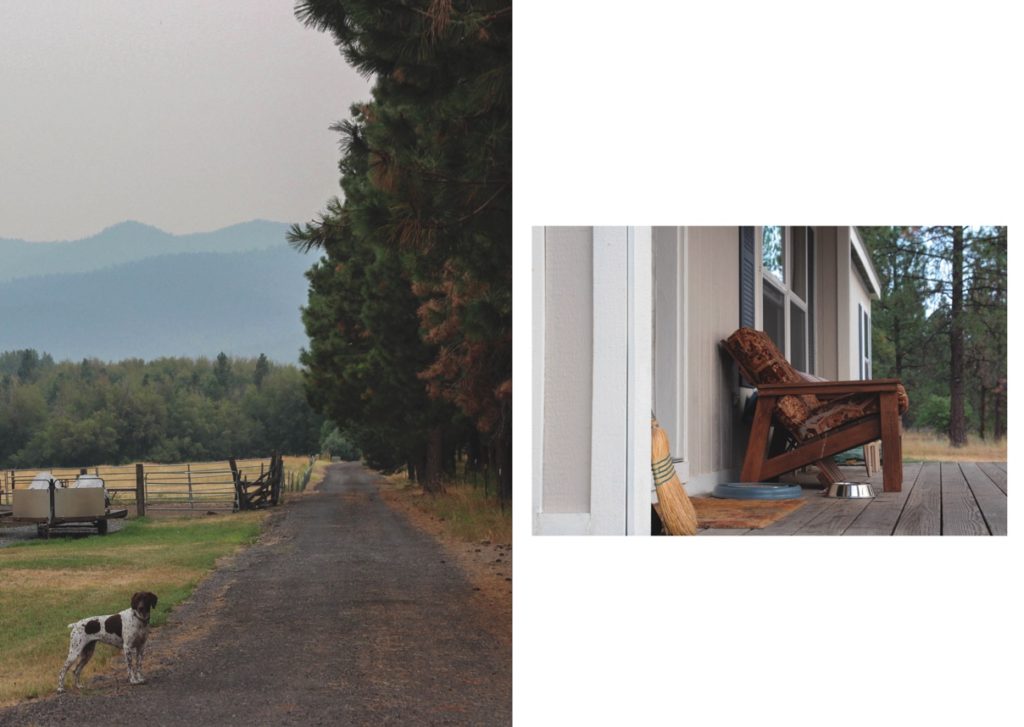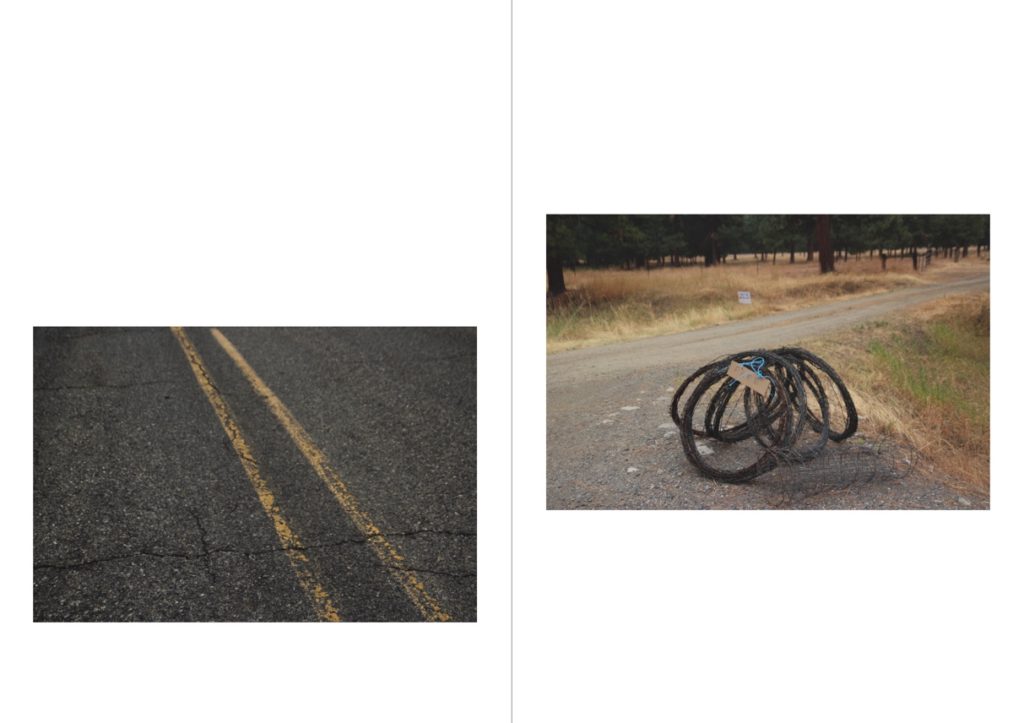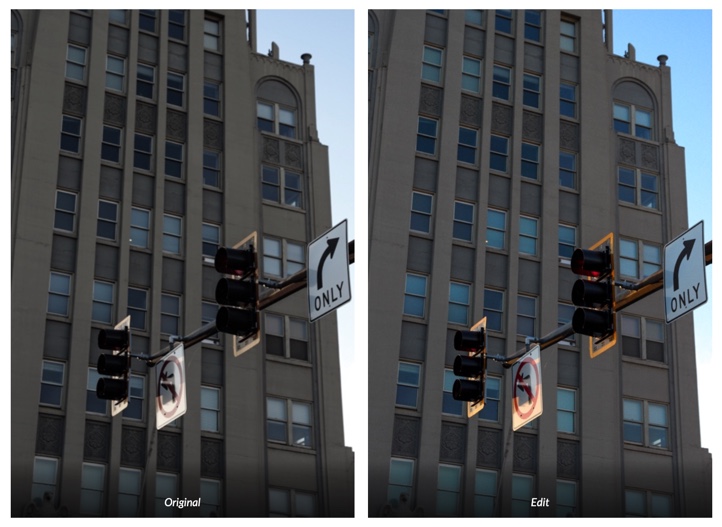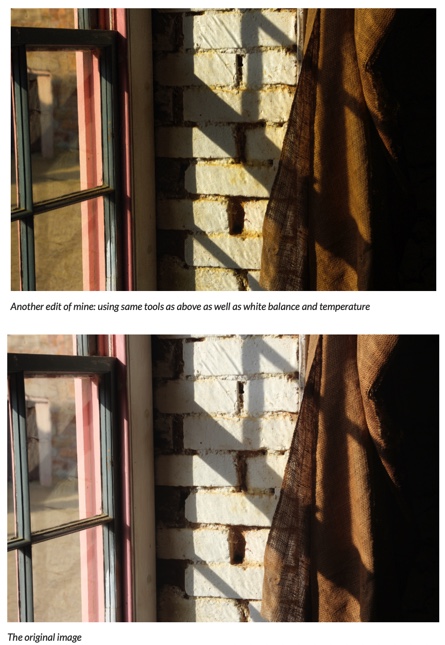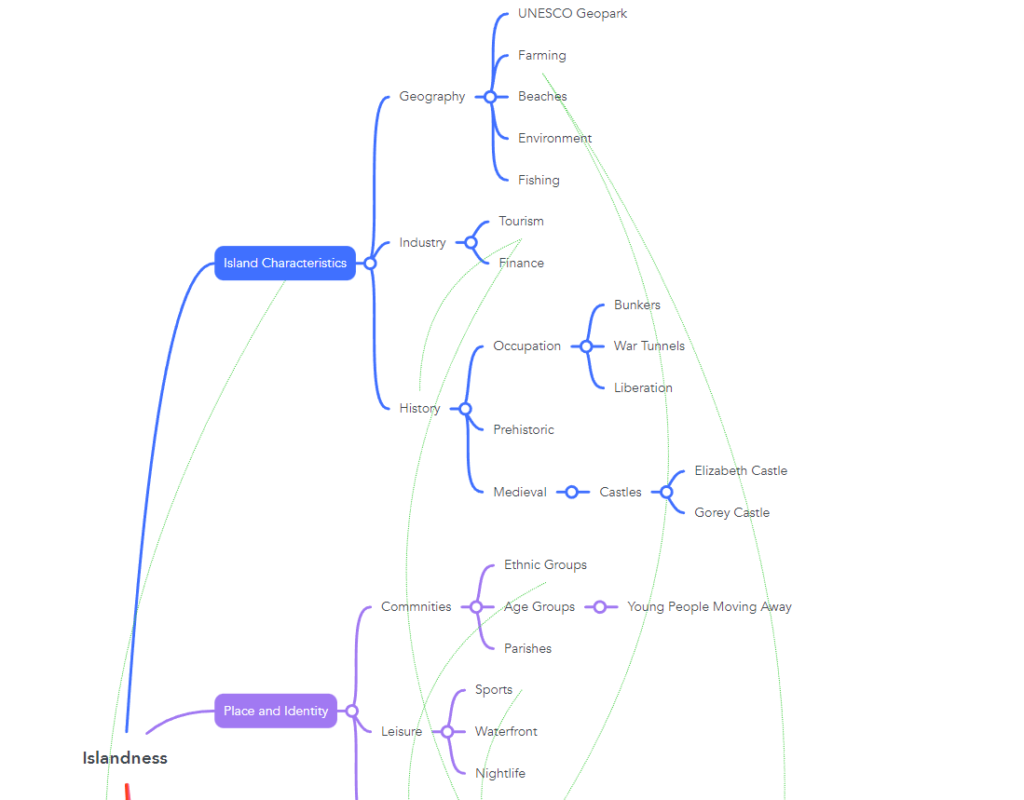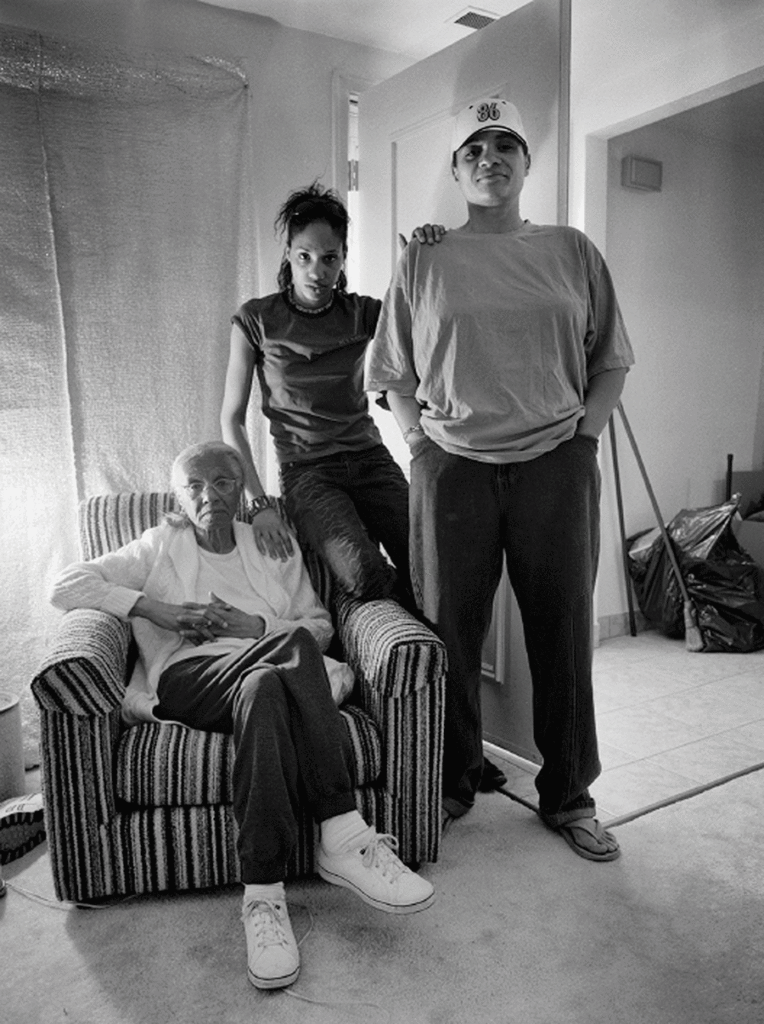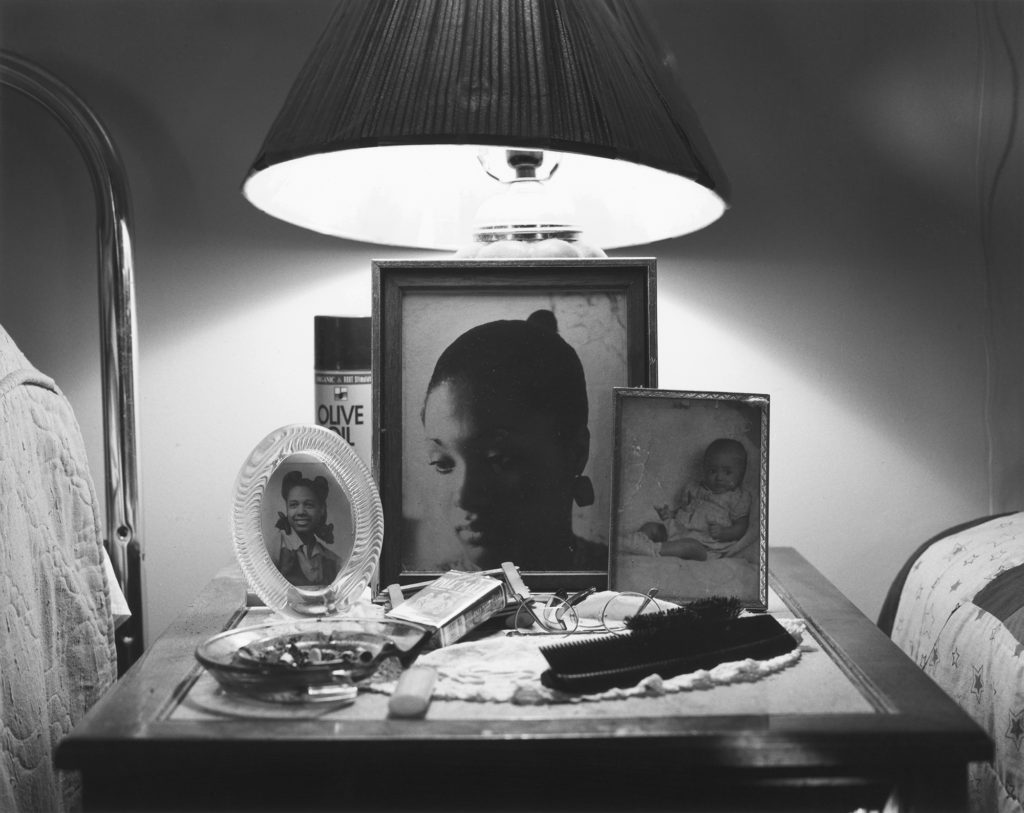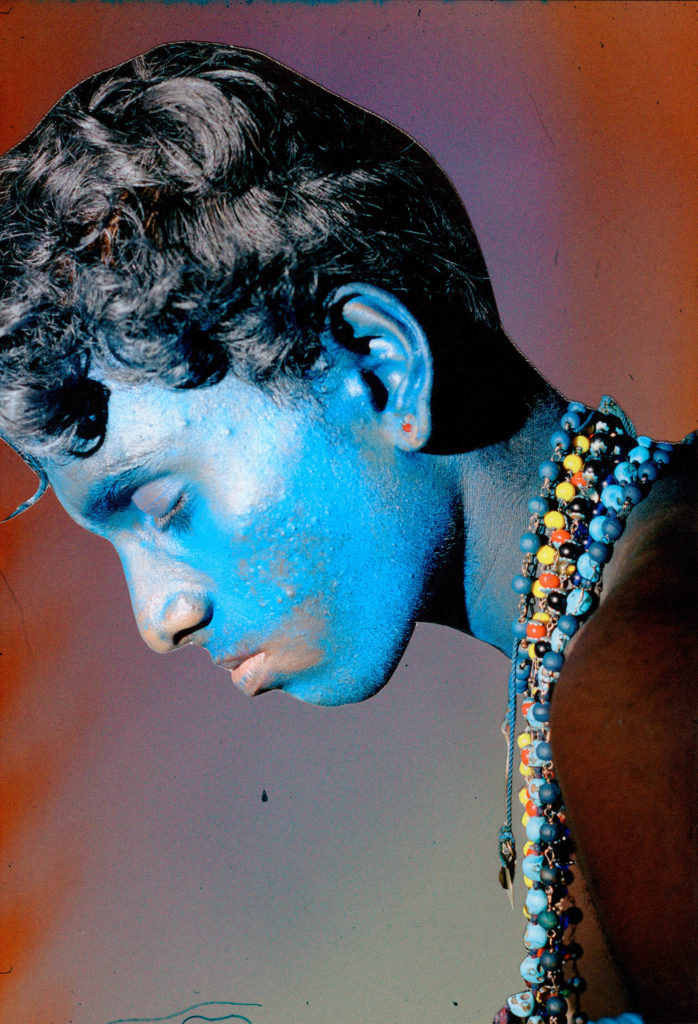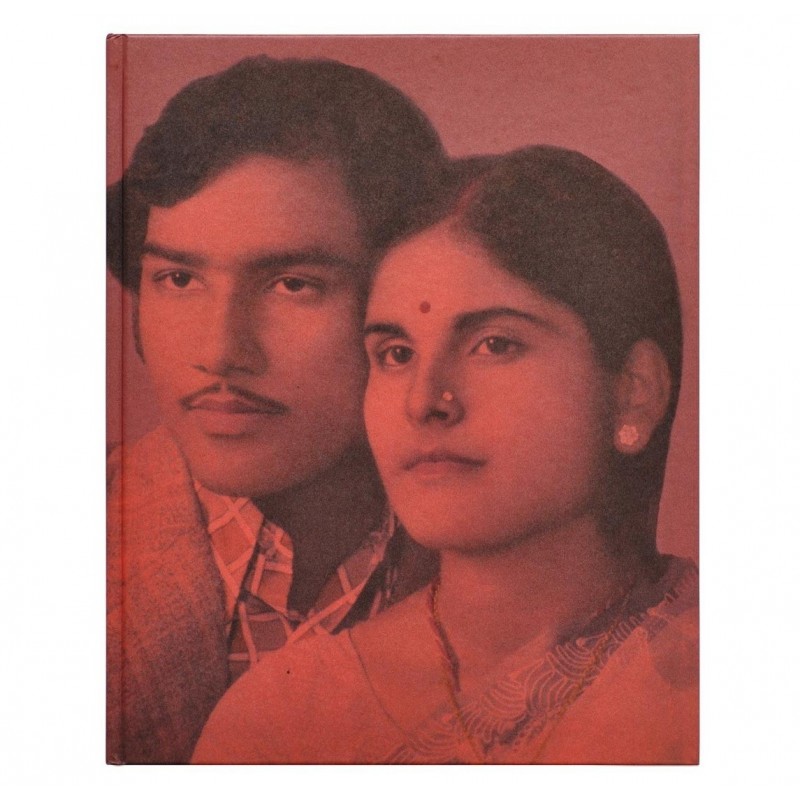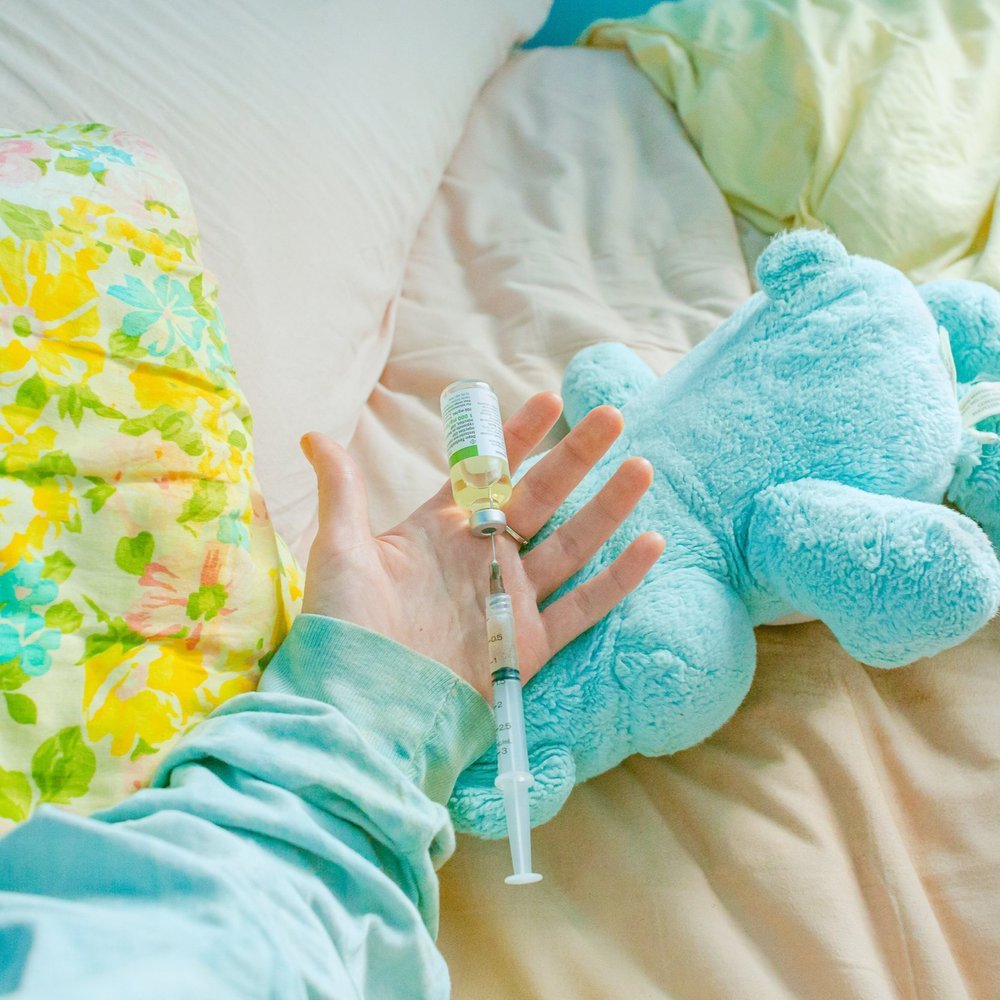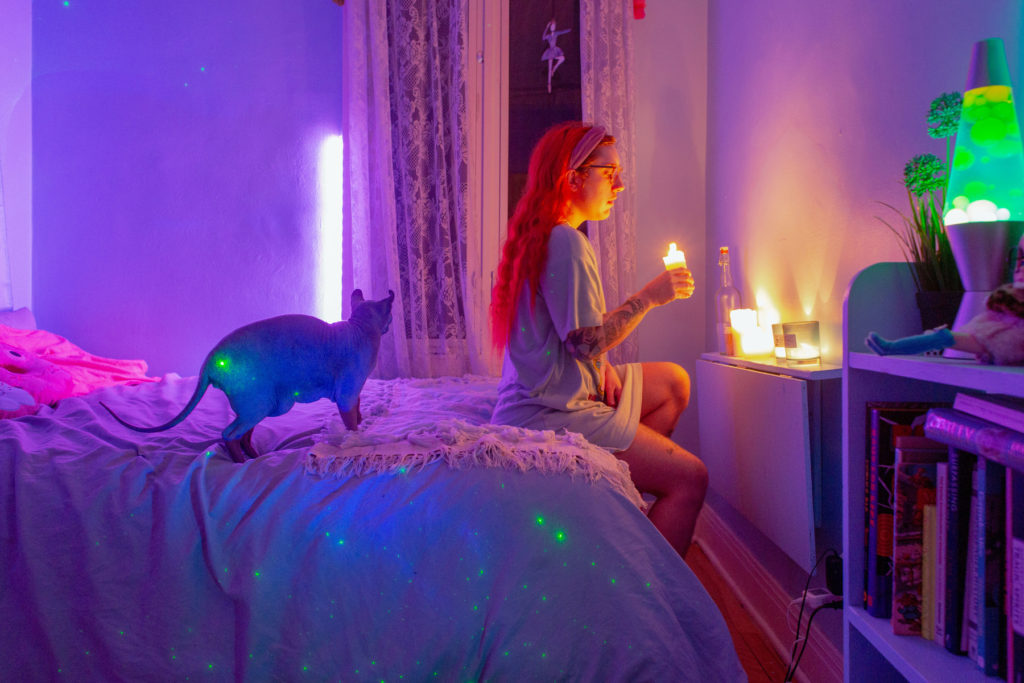Objective: Criteria from the Syllabus: “Essential that students build on their prior knowledge and experience developed during the course. Develop your written dissertation in the light of your chosen focus from the practical part of previous coursework and projects.” Below, I have analysed my thematic work, my use of technologies, as well as different methods, and how I have progressed throughout years 12 and 13.
Themes
Identity
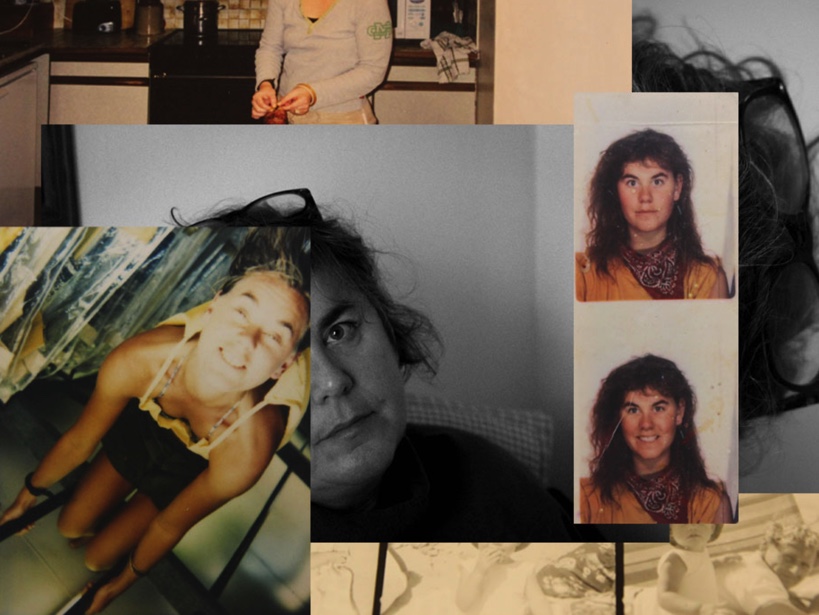
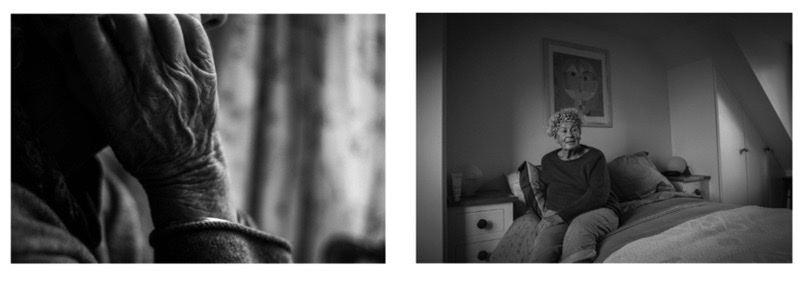
I think that overall my Identity project has been my most successful project. This was my first exam project in year 12, however, I already had some skills from GCSE photography which gave me a basic understanding of things such as editing and camera handling. Leading up to this exam, and also in GCSE, I developed a liking for photo collages and montages, and I decided to focus on this for my Identity project. I think that my raw images were successful for this project due to my use of a portrait lens, as well as by controlling the lighting. This helped to make my editing and experimenting process easier and improve the quality of my final outcomes.
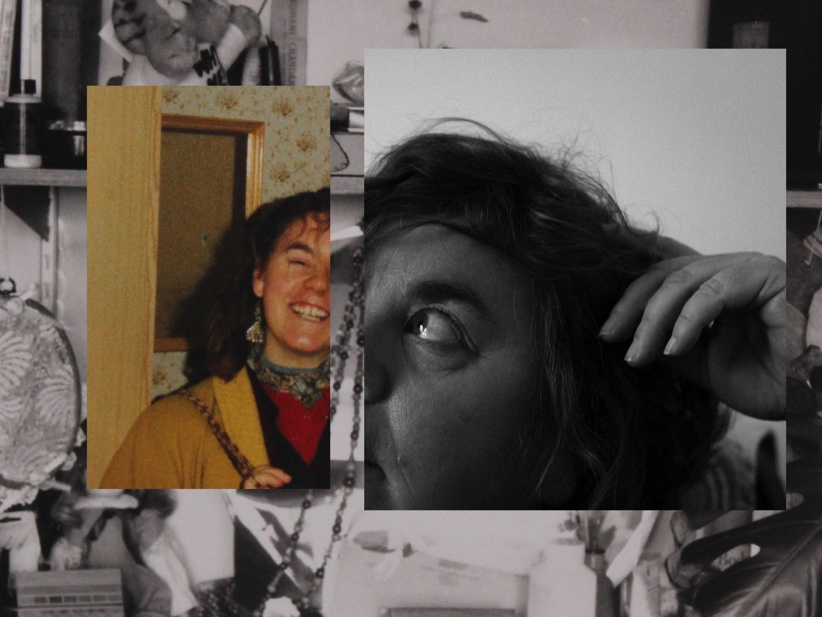
I think that focusing on a topic such as my own family helped me to become passionate about this project, and want to produce the best quality of work I could. I think part of what made this project good was my use of archival material, photographed using a copy stand. Using a copy stand correctly in my project ensured my archival images were captured in the highest resolution possible, keeping the quality of my work consistent throughout. Furthermore, I think that each piece or set of pictures tells a specific story about my grandmother or mum, and I think this made my outcomes more mature and thoughtful. I am proud of these outcomes, and I think they show a unique family history through generations.
Anthropocene
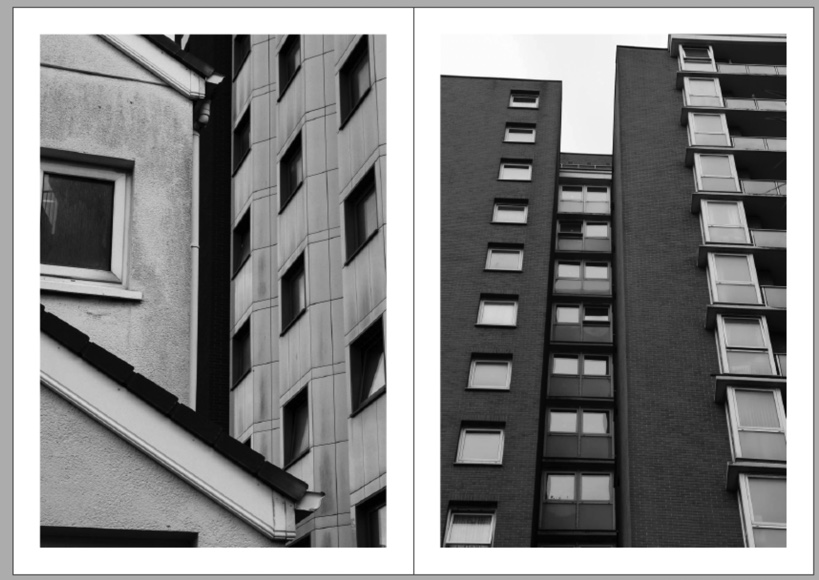
For my Anthropocene exam, I focused on the housing crisis in Jersey. Although this project was still thriving, it wasn’t my best work. I liked my actual images, but my planning wasn’t the best – I had originally decided to create photo collages in the style of Laura Romero, but after my first day in the exam I realised this was not realistic, nor something that was in my desired style of photography. I then produced artist studies of other photographers that were more relevant to my desired outcome and ended with a project on the housing crisis. I think that my overall outcomes were successful, but were slightly rushed due to my change in ideas in the middle of the exam. I’ve learnt from this in my projects since, and try to plan realistic ideas that fit what I like to photograph and what I can achieve in reality.

Another project I had in this project was my editing. In a few of my images, I think I edited too dark with my black-and-white settings in lightroom. This gave me some images that were a bit too dark for my liking, which I only realised when I had received my images from the printers. To stop this from happening again, in my personal study I will use test prints of my final images before finalizing them to make sure they are up to the standard I want them to be. On the other hand, one thing I like about this project is the journalistic element. I found it interesting to research the housing crisis, and then go out and respond to my research with photographs. To take this even further, if I was to do this project again, I could interview people affected by the housing crisis and put this next to my images in my outcome.
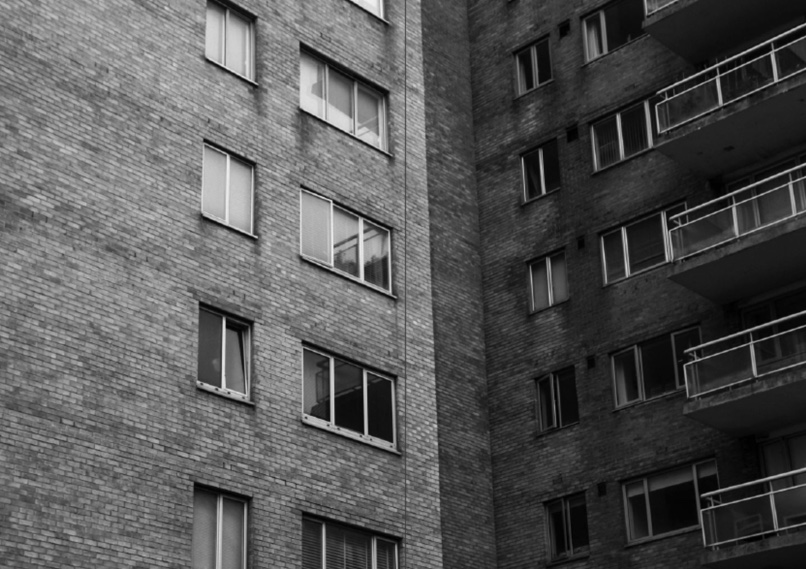
Romanticism and Rural Landscapes
This is some of my less successful work. I think my rural landscapes were not as successful partly because they aren’t something I like to photograph. I find it much easier to photograph things that I like, and this helps me to come up with more ideas and better images. Even if I didn’t like the subject of these images, photographing different environments has helped me to figure out what I like to photograph, and what my strengths are.
My Rock
My final zine and final pieces for My Rock are pieces of work which I’m proud of. I’m glad I had the chance to make another set of zines for this project, as it allowed me to reflect on the previous zine I produced for Anthropocene. I produced a much larger amount of images for this project, on my trip away in the US. The experience and excitement of a new place helped with this, as everything was so new and interesting to me – I wanted to photograph this. I ended up with over 8000 images from my trip, allowing me to select a wide range of images to use in my final zines. Having this amount of images took a lot of sorting and organising, but through my use of lightroom, I sorted them all into their unique categories. I think that the wide range of images I had for this project added more depth to my work, with different styles and ideas.
Technologies
Lightroom and Photoshop – Editing and Experimenting Skills
This is my most recent work. My proficiency with Lightroom Classic has significantly improved, which can be seen in this editing. I now can use things such as ‘Sync Settings’ to ensure all my edits are consistent, which was useful in the “My Rock” project when creating a zine. If you contrast my editing in this project with the editing in my Anthropocene project, there are vast differences: in my Anthropocene project, my edits were often too extreme: too dark, or too much contrast, ruining the quality of the images a little. I also found in my Anthropocene project that a lot of my edits turned out quite different from one another, which was not something I wanted in my “zine – now, looking back I can see I have improved my editing skills since then and can produce more consistent, high-quality edits.
This was my first editing post of the whole A – Level. I had experience with basic editing skills from GCSE photography, however, I had never used Lightroom Classic before. I found it a little difficult to get used to at first, but once I had gotten used to it, I found it a great organisational tool for my images as well as editing. In my first post here, I only adjust a few things in each image and don’t explore all of the tools. After getting to grips with most aspects of the software, I can use it to the best ability and produce effective edits.
This was some experimenting done in photoshop with my still-life images in Year 12. I had begun to develop my skills in photoshop by this point, and through this work on photomontage, I discovered a love for this type of work – I developed this after a little experience with this medium at GCSE in this blog post, and experimented with both handmade and digital montages. After creating several digital montages for this Still Life project, I liked this medium and decided to use it in my Identity exam, where I used photoshop to put them together. This gave me another chance to better my photoshop skills, especially when dealing with multiple sets of images on different layers and documents.
Indesign
Anthropocene
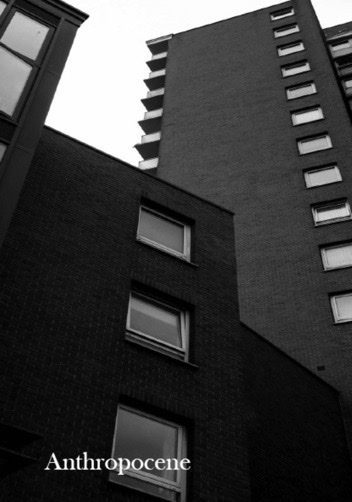
My Anthropocene work was my first attempt at using Indesign, and I found it quite difficult. I didn’t know how to use all of the menus properly and didn’t know how to format my `zine correctly or package it for printing. I hadn’t had a chance to research this beforehand as I decided to use this presentation style in the actual exam, so in hindsight, if I had decided earlier to use this outcome I probably would have found it easier with background research and ideas.
My Rock
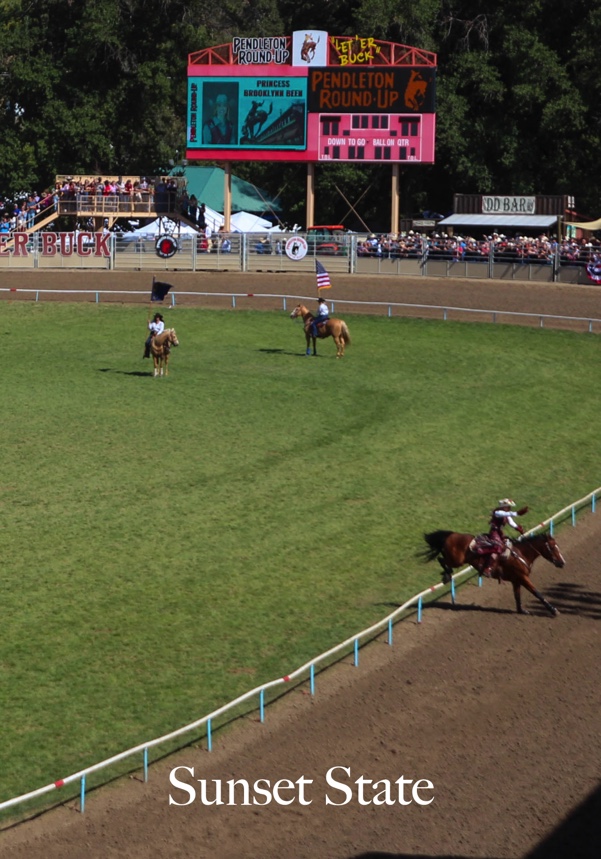
This was my second attempt at making a zine, in my My Rock project. I created two zines. I decided to do this because I had a lot of images from this project, of different themes and styles. I wanted to challenge myself with the decision to make two zines, and I think this paid off in my final zines. I like how they show two different sides to my exchange trip, and I think I produced two meaningful outcomes for this project.
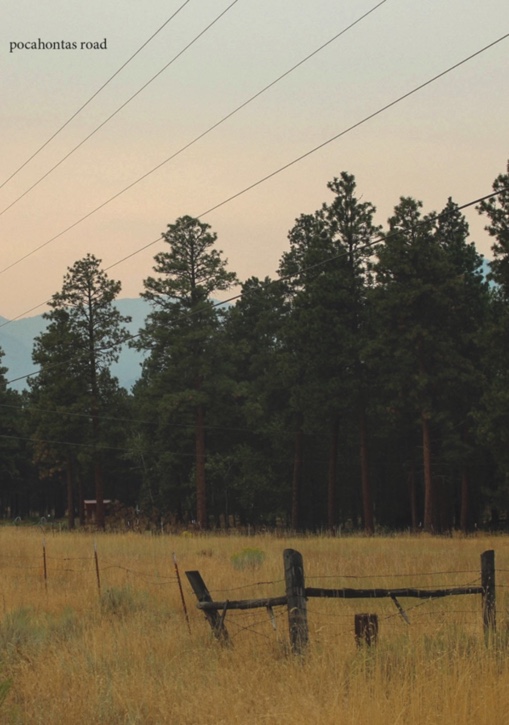
In these two zines, I experimented more with different layouts in my zines, such as larger and smaller images on double pages, and different kinds of text on my front covers. I liked using different kinds of layouts in this project, and I found this easier and easier after developing my skills with Indesign. However, I think I still need to develop my experimenting skills in all of my projects and take more creative risks. This is the feedback I have had from multiple assessments, and something I want to develop within my work in my personal study.

